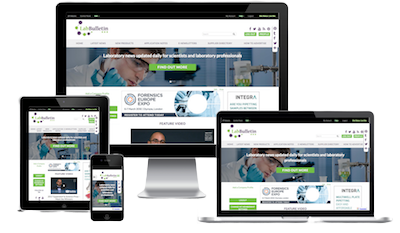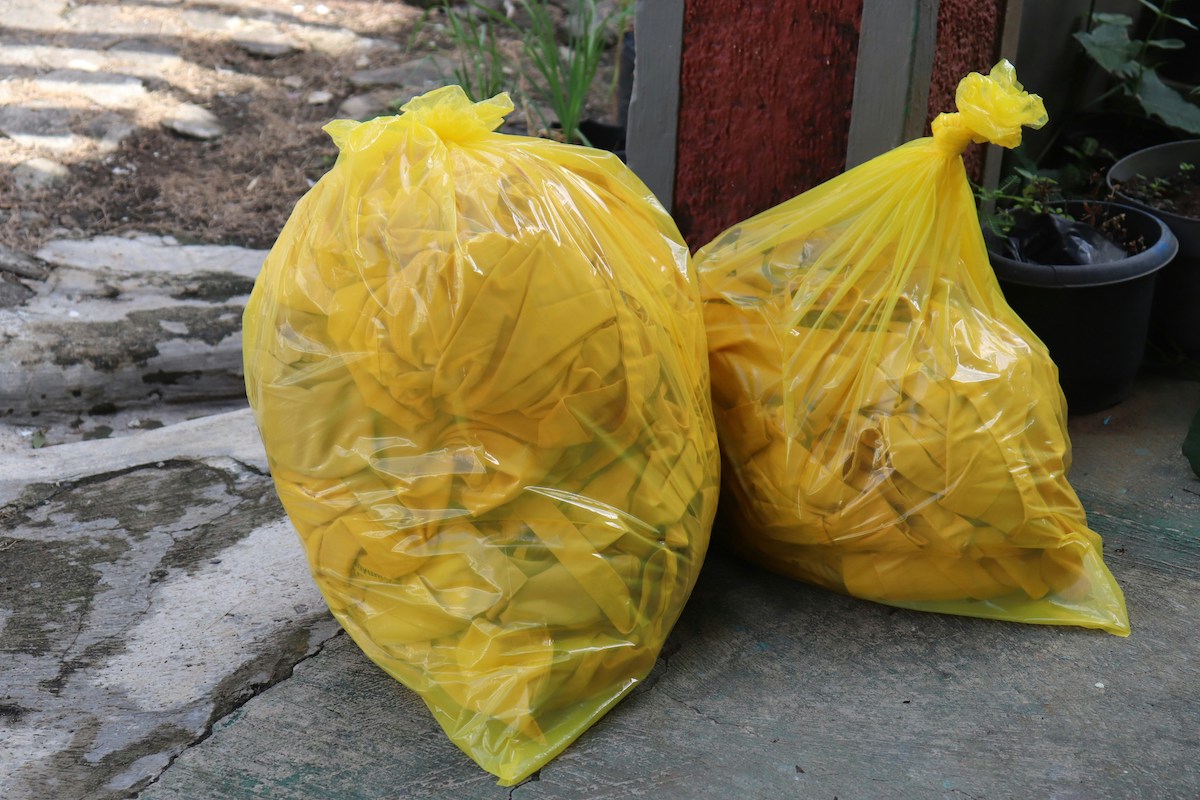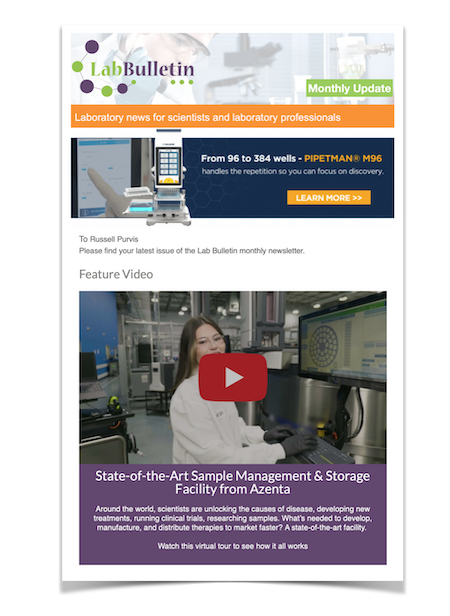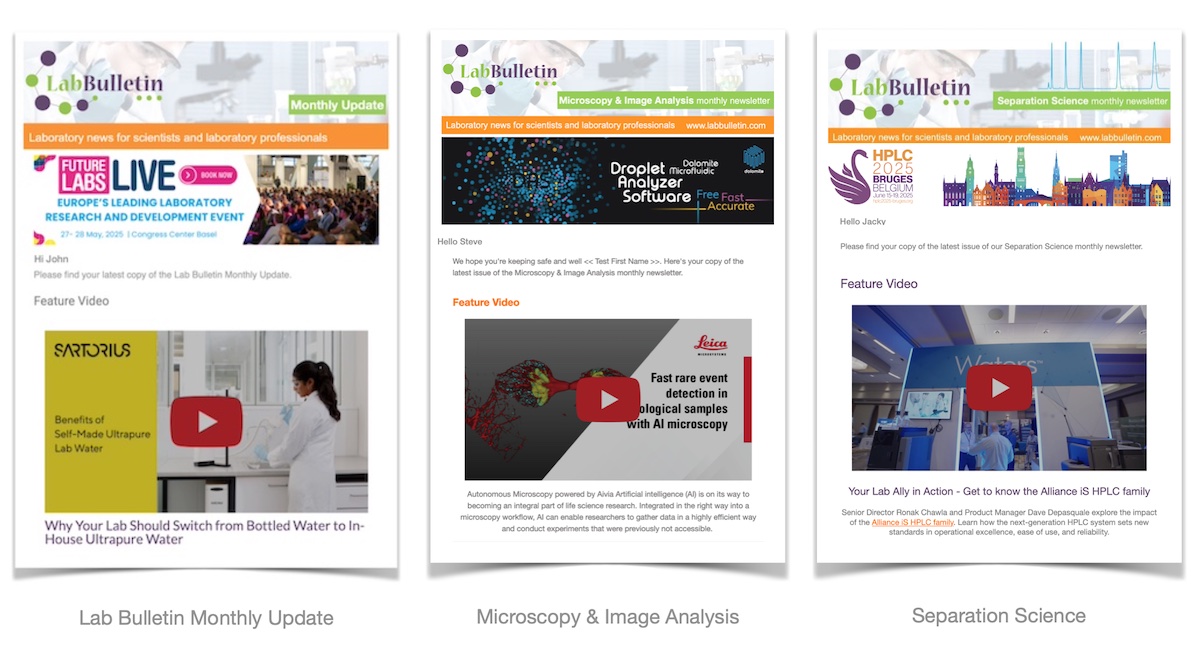Members Login

Channels
Special Offers & Promotions
Laboratories risk fines for improper waste disposal, warns expert

Figures show that the UK produces 3 million tonnes of hazardous waste every year. With 15% of healthcare sector waste classed as hazardous, the cumulative impact can be substantial when waste isn't managed properly
Mismanagement of hazardous, contaminated, or expired materials can lead to health risks, environmental harm, and even legal consequences. As a result, the safe disposal of laboratory waste is crucial for protecting your local area. Understanding these processes ensures safe, responsible disposal and minimises the risk of potential harm to the public and the environment.
The importance of proper laboratory waste disposal
Regulatory Compliance and Legal Protection
The responsible management of laboratory waste is a necessity for businesses that want to avoid legal penalties and fines from non-compliance with waste disposal regulations such as the Control of Substances Hazardous to Health Regulations (COSHH). Failure to handle waste correctly can lead to significant fines, legal action, and damage to your business’s reputation. By adhering to the necessary guidelines for waste segregation, storage, and disposal, laboratories can protect themselves from costly penalties while promoting a cleaner, safer environment for patients, staff, and the community.
Protecting Public Health and the Environment
Proper disposal of laboratory waste is essential for safeguarding public health, keeping dangerous chemicals, sharps, and infectious materials away from people and animals. Safe disposal minimises the risk of accidental exposure or pollution, helping to uphold hygiene standards and protect both the community and the environment.
Identification and processing of laboratory waste
Laboratory waste is one of the most complicated types of waste, made up of materials discarded from a laboratory setting. As a result of the varied and potentially dangerous work carried out, this waste can include hazardous waste (such as toxic chemicals), sharps waste (needles or broken glass), biological waste, and non-hazardous waste (plastics and general waste).
Recognising laboratory waste is vital to ensuring that the waste is safely and responsibly disposed of. Identifying laboratory waste involves classifying materials and identifying potential hazards. Start by assessing the different types of waste:
- Chemicals can be identified by their labels, including hazardous symbols.
- Biological waste includes items contaminated with microorganisms, tissues, or bodily fluids.
- Sharps, such as needles or broken glass, require careful identification to prevent injury.
- Non-hazardous waste, like paper towels or packaging, is generally safe but should still be segregated
The laboratory waste management process
Due to the potentially hazardous nature of laboratory waste, its management and disposal process is lengthy and complex. Key processing steps can include:
- Disposal bins
Laboratory waste should be separated into appropriate disposal bins. Orange bags are used for infectious waste, sharps bins are used for sharps and drums or barrels are used for liquid waste. This helps to ensure that waste is separated at the point of production. - Incineration, or sent for alternative treatment
Laboratory waste that cannot be recovered or recycled is incinerated or sent for alternative treatment, destroying dangerous organisms to stop the spread of harmful diseases or contaminating other waste with infectious materials. - Recycling
Materials like paper, cardboard, glass or plastic can be recycled. However, these materials mustn’t be contaminated with infectious waste or biological waste.
Kim Ormsby, Assistant Director of laboratory waste management and disposal services provider, Anenta, says:
“Effective waste management in laboratories is not just about compliance – it's essential for protecting staff, the environment, and your reputation. Labs produce a wide range of waste types, from hazardous chemicals to sharps, so having clear segregation, storage, and disposal procedures is vital. Regular training, proper labelling, and staying up to date with regulations like COSHH and the Hazardous Waste Regulations all play a role in maintaining a safe working environment. Finally, working with waste management providers who specialise in dental waste is key to making sure everything is disposed of safely and responsibly.”
About Anenta
Anenta is a leading independent Managing Agent, which provides bespoke, affordable and professional services, that include recycling, general waste, sani-waste, confidential and clinical waste streams.
Working for a multitude of clients in the healthcare sector, including the NHS, Local Authorities, and care homes, Anenta’s approach has led to significant improvements in efficiency, sustainability, and financial administration of contracts across the UK.
Media Partners


